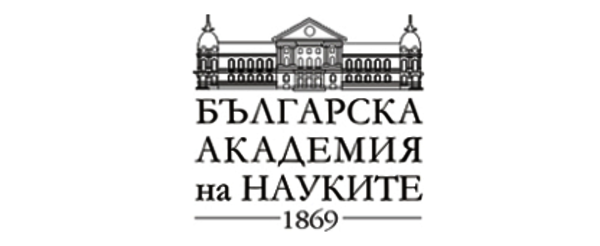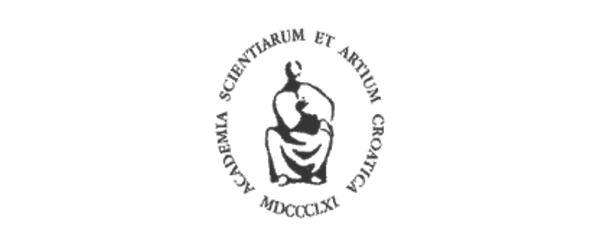Publications
Energy Union policies should include clearer provisions for the potential added values and inherent limitations of dedicated storage.
The current Energy Union policies promote investments in interconnections and in demand response, which compete with storage in electricity markets but, until the “Clean Energy for all Europeans” – ‘winter package’ of November 2016, Energy Union policies have largely ignored storage.
The new EASAC report focuses
The new EASAC report focuses on two important issues which need to be addressed more clearly by policy makers as this ‘winter package’ is refined and finalised through negotiations with the European Parliament and the Member States:
- As the penetration of variable renewable generation (wind and solar photovoltaics) increases, more storage systems could be connected to transmission and distribution grids to provide short-term grid flexibility in competition with other flexibility options (flexible generation, interconnections, demand response and curtailment).
- Growing numbers of small storage systems are being installed on distribution grids as consumers (mainly household ‘prosumers’) invest in PV plus battery systems for increased self-consumption. More than 40 000 small PV plus battery systems have been installed in Europe since 2013, and interest is growing in the potential for coupling the batteries in electric vehicles to household systems for self-consumption.
EASAC has identified several potential added values and inherent limitations of storage, which should be taken into account by EU policy-makers, when they develop or adopt new policies aiming to deliver reliable power to consumers with the lowest possible costs:
- Storage costs are falling, particularly those of lithium ion batteries, and storage could competitively add value to electricity grids by contributing to balancing, reserves, network capacity and generation adequacy.
- Storage is particularly valuable in isolated systems, such as in islands, remote locations, and micro-grids, which cannot benefit from the regional diversity and smoothing that takes place across large interconnected systems like those in continental Europe.
- Storage cannot substantially reduce the need for back-up generating capacity in the EU in the short to medium term, and the emerging storage technologies are not yet ready to deliver competitive seasonal storage of electricity for the grid.
- Stakeholders in the electricity industry may be resistant to change, but it is important to up-date the EU electricity market design to deliver price signals (locational and temporal) that will encourage investments in the most cost-efficient flexibility options (including storage where appropriate) on both transmission and distribution grids.
- Transparency about plans and rules for the future management of flexibility, in both competitive and regulated electricity markets, will become increasingly important because the marginal value of additional flexibility decreases as more is deployed on the grid.
- Most existing consumer tariff structures provide a lack of price signals or, in some cases, counter-productive price signals to consumers regarding network costs. Therefore, new policies with time varying tariff structures and more intelligent metering will be needed to deliver the potential added value of aggregating and managing groups of household storage systems to reduce congestion on distribution grids.
The EASAC report concludes that a coherent framework involving the following policy instruments is needed to properly address the future deployment of storage and its competitors:
- electricity market design (including tariff structures and the regulation of system operators);
- electricity system operating rules (regulations, directives and network codes); ?
- technology investments (transparent planning to build investor confidence); ?
- involvement of consumers and prosumers (including self-consumption).
EASAC’s President Professor Thierry Courvoisier said, on release of EASAC’s latest report.
“This analysis of the potential values and limitations of dedicated storage in electricity grids shows that, to deliver electricity reliably to consumers at the lowest possible cost, it is important to link the scientific opportunities and constraints associated with new storage technologies to the design of electricity markets and investment strategies both objectively and transparently.”
Notes for editors
EASAC brings together the National Science Academies of the EU Member States, Norway and Switzerland to collaborate on giving advice to European policy-makers. EASAC provides a means for the collective voice of European science to be heard. Through EASAC, the academies work together to provide independent, expert, evidence-based advice about the scientific aspects of European policies to those who make or influence policy within the European institutions.
Press Contacts:
Chairperson of expert group:
Professor Mark O’Malley
Email: profmarkomalley@gmail.com
EASAC Energy Programme Director:
Dr William Gillett
Email: william.gillett@easac.eu
Phone: +(44)-7879 635 740





























